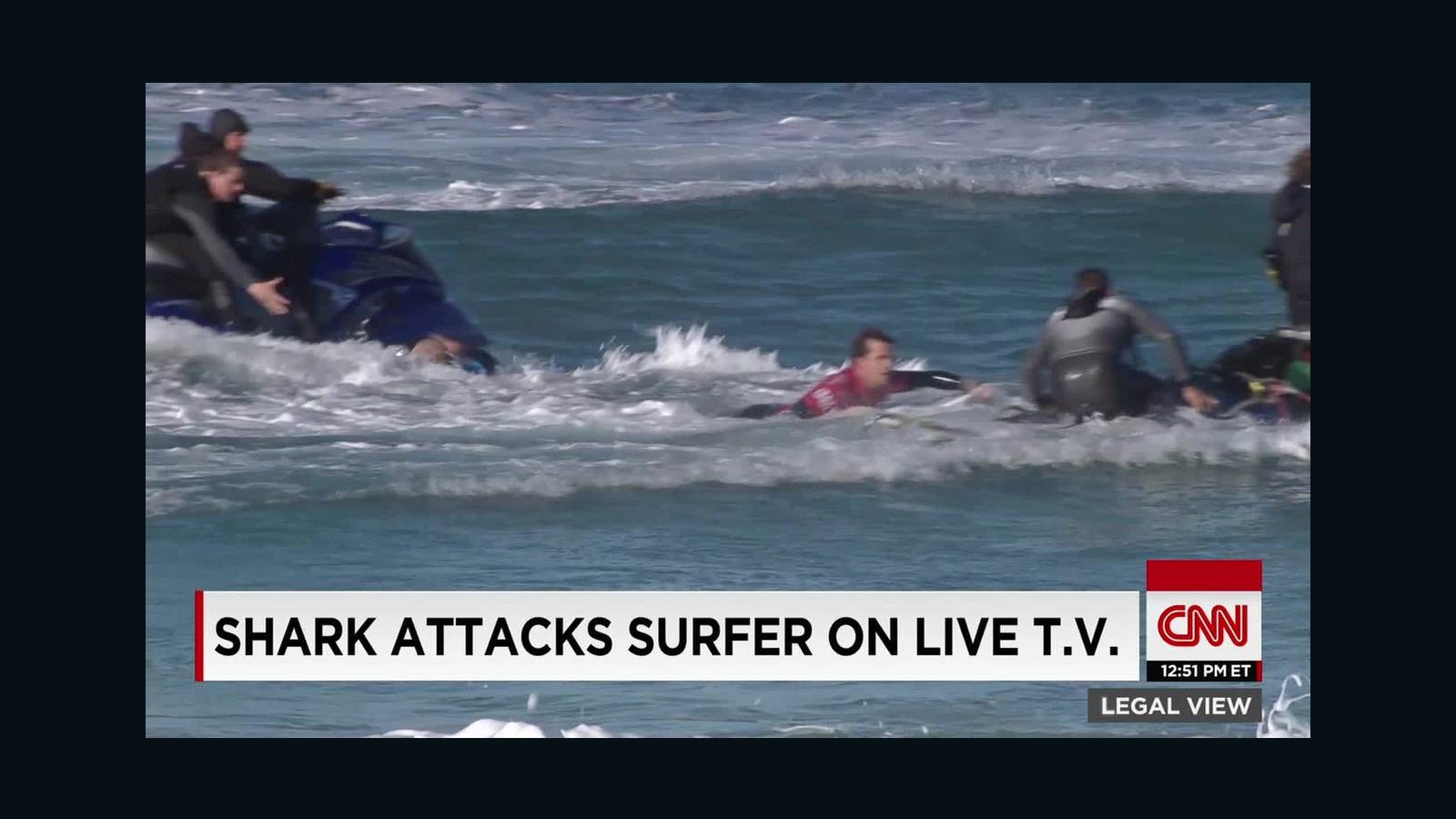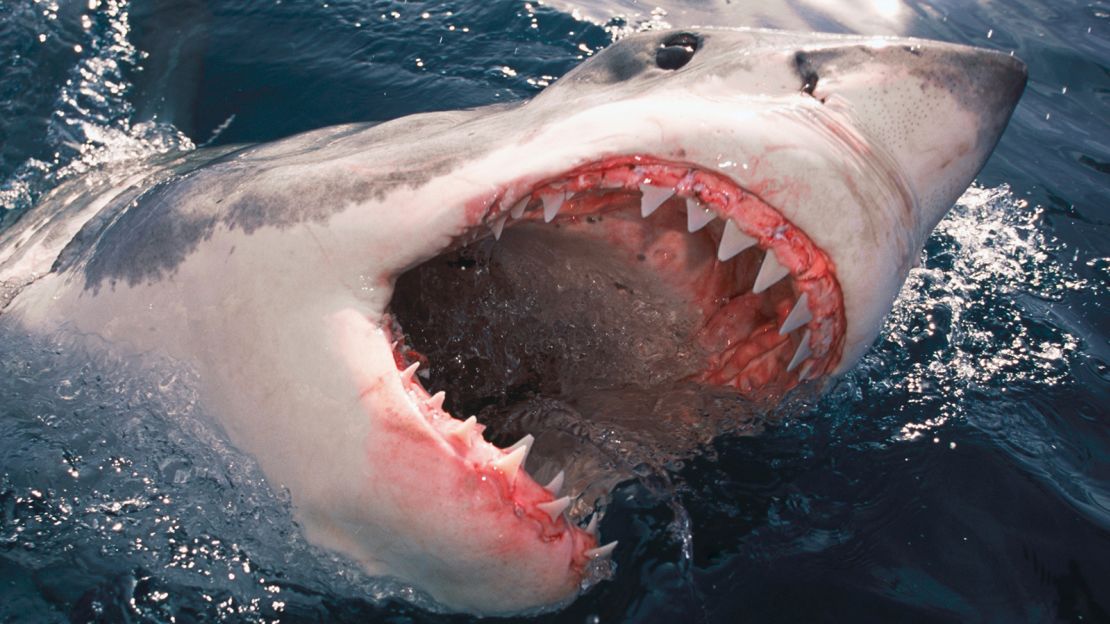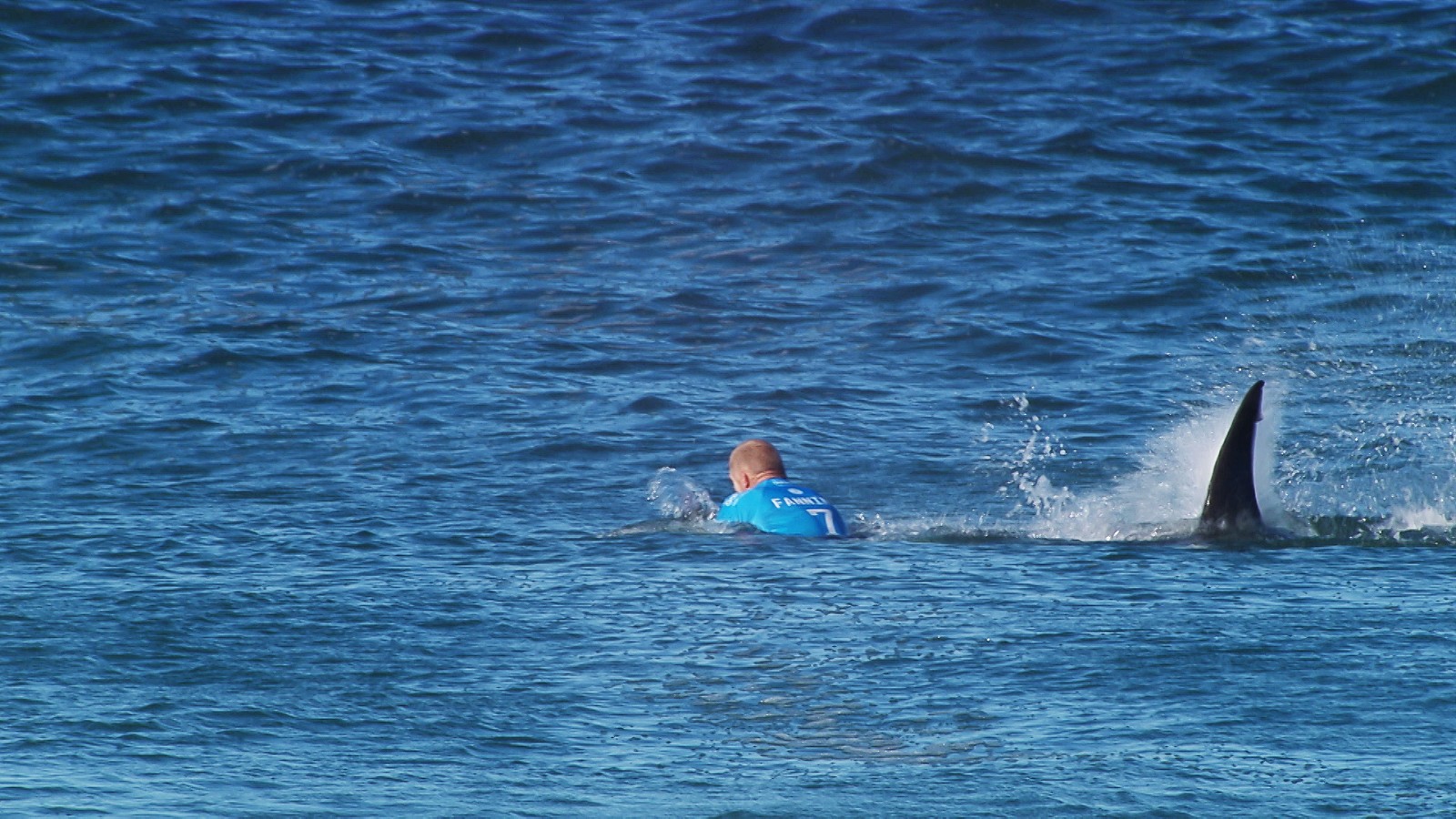Shark Attack Videos: Understanding The Phenomenon And Staying Safe
Shark attack videos have become a sensation on the internet, captivating millions of viewers worldwide. These videos offer a glimpse into the power and unpredictability of sharks in their natural habitat. However, beyond the thrill and adrenaline rush, these clips also highlight important lessons about marine life and the importance of ocean safety.
While shark attacks are rare, the availability of such footage has sparked both fear and fascination. People are intrigued by the raw power of these apex predators, yet they often misunderstand the true nature of sharks. By examining shark attack videos, we can gain valuable insights into their behavior and learn how to coexist with these magnificent creatures.
This article explores the phenomenon of shark attack videos, providing a comprehensive understanding of the topic. From the science behind shark attacks to safety tips for ocean enthusiasts, this guide aims to inform and educate readers about the importance of responsible interaction with marine life.
Read also:Is The Purge Real Unveiling The Truth Behind The Controversial Concept
Table of Contents
- Introduction to Shark Attack Videos
- Shark Attack Statistics
- Types of Shark Attacks
- Famous Shark Attack Videos
- Understanding Shark Behavior
- Safety Tips for Ocean Enthusiasts
- Environmental Impact of Shark Attacks
- Media Representation of Shark Attacks
- Role of Technology in Capturing Shark Attacks
- Conclusion
Introduction to Shark Attack Videos
Shark attack videos have taken the internet by storm, with millions tuning in to witness the raw power of these oceanic predators. These clips often depict dramatic encounters between humans and sharks, fueling both fascination and fear. However, it's crucial to understand the context behind these videos and the role they play in shaping public perception.
Why Shark Attack Videos Go Viral
One of the primary reasons shark attack videos gain widespread attention is their ability to evoke strong emotions. The combination of danger, unpredictability, and the sheer size of sharks creates a captivating narrative that resonates with viewers. Additionally, the rise of social media platforms has made it easier than ever for these videos to reach a global audience.
Despite their popularity, it's important to approach these videos with a critical mindset. Many of them are edited or taken out of context, which can lead to misinformation. Understanding the science behind shark attacks is essential for interpreting these clips accurately.
Shark Attack Statistics
While shark attack videos may suggest otherwise, the likelihood of being attacked by a shark is extremely low. According to the International Shark Attack File (ISAF), there are an average of 70-100 unprovoked shark attacks worldwide each year, with only a small percentage resulting in fatalities.
- Unprovoked attacks account for the majority of incidents.
- Most shark attacks occur in shallow waters near coastlines.
- Florida, Australia, and South Africa are among the regions with the highest number of reported attacks.
These statistics highlight the rarity of shark attacks and emphasize the need for accurate information dissemination.
Types of Shark Attacks
Shark attacks can be categorized into three main types: hit-and-run, bump-and-bite, and sneak attacks. Each type reflects different behaviors and motivations on the part of the shark.
Read also:Marcelino Love After Lockup Birtay A Comprehensive Guide To His Journey And Impact
Hit-and-Run Attacks
Hit-and-run attacks are the most common and typically involve a single bite. These incidents often occur in murky waters where sharks mistake humans for their usual prey. Once they realize their mistake, they usually swim away without further interaction.
Bump-and-Bite Attacks
Bump-and-bite attacks involve sharks circling and bumping their victims before biting. This behavior is often associated with larger species such as great white sharks. These attacks are more serious and can result in significant injuries.
Sneak Attacks
Sneak attacks occur without warning and are often fatal. These incidents are rare and typically involve sharks attacking from below or behind. Understanding these different types of attacks helps researchers better comprehend shark behavior and develop safety protocols.
Famous Shark Attack Videos
Several shark attack videos have gained widespread attention over the years, becoming iconic representations of human-shark encounters. These clips not only showcase the power of sharks but also provide valuable insights into their behavior.
1. The Surfer Encounter
This video captures a dramatic encounter between a surfer and a great white shark off the coast of California. The footage shows the shark breaching the water and narrowly missing the surfer, highlighting the unpredictability of these creatures.
2. The Cage Dive Incident
During a cage dive tour in South Africa, a great white shark breached the surface and collided with a tourist's cage. The video went viral, showcasing the raw power of sharks and sparking debates about the ethics of shark tourism.
Understanding Shark Behavior
To better understand shark attack videos, it's essential to delve into the behavior of these creatures. Sharks are highly intelligent and play a crucial role in maintaining the balance of marine ecosystems.
Sharks as Apex Predators
As apex predators, sharks help regulate populations of other marine species. Their hunting strategies are complex and often involve stalking and ambushing prey. Misunderstandings about their behavior can lead to fear and misinformation.
Factors Influencing Shark Attacks
Several factors contribute to shark attacks, including water conditions, human behavior, and environmental changes. By understanding these factors, we can reduce the likelihood of encounters and promote safer interactions with marine life.
Safety Tips for Ocean Enthusiasts
For those who love spending time in the ocean, staying safe is paramount. Here are some tips to minimize the risk of shark encounters:
- Avoid swimming during dawn and dusk when sharks are most active.
- Stay in groups and avoid isolated areas.
- Refrain from wearing shiny jewelry or brightly colored clothing.
- Be aware of your surroundings and pay attention to warning signs.
By following these guidelines, ocean enthusiasts can enjoy their activities while minimizing the risk of encountering sharks.
Environmental Impact of Shark Attacks
Shark attacks have a significant impact on public perception and policy. Fear of sharks often leads to culling programs and other harmful practices that threaten their survival. It's crucial to address these issues through education and conservation efforts.
Conservation Efforts
Several organizations are working to protect sharks and their habitats. By supporting these initiatives, we can help ensure the survival of these vital species for future generations.
Media Representation of Shark Attacks
The media plays a pivotal role in shaping public perception of shark attacks. Sensationalized reporting and misleading headlines can perpetuate fear and misunderstanding. It's important for journalists and content creators to approach these topics with accuracy and responsibility.
Responsible Journalism
By providing balanced and factual coverage, the media can help educate the public about sharks and their role in the ecosystem. This approach fosters a more informed and empathetic understanding of these creatures.
Role of Technology in Capturing Shark Attacks
Advancements in technology have revolutionized the way we capture and analyze shark attack videos. Drones, underwater cameras, and other tools allow researchers to study these incidents in greater detail, leading to valuable insights about shark behavior.
Future Innovations
As technology continues to evolve, we can expect even more sophisticated methods for monitoring and understanding shark interactions. These innovations will play a crucial role in promoting coexistence between humans and marine life.
Conclusion
Shark attack videos offer a fascinating glimpse into the world of these magnificent creatures. While they capture our attention and evoke strong emotions, it's important to approach them with a critical mindset. By understanding the science behind shark attacks and adopting responsible practices, we can promote safer interactions with marine life and protect the future of these vital species.
We invite you to share your thoughts and experiences in the comments below. For more informative articles about marine life and conservation, explore our website and stay updated on the latest developments in this field.


